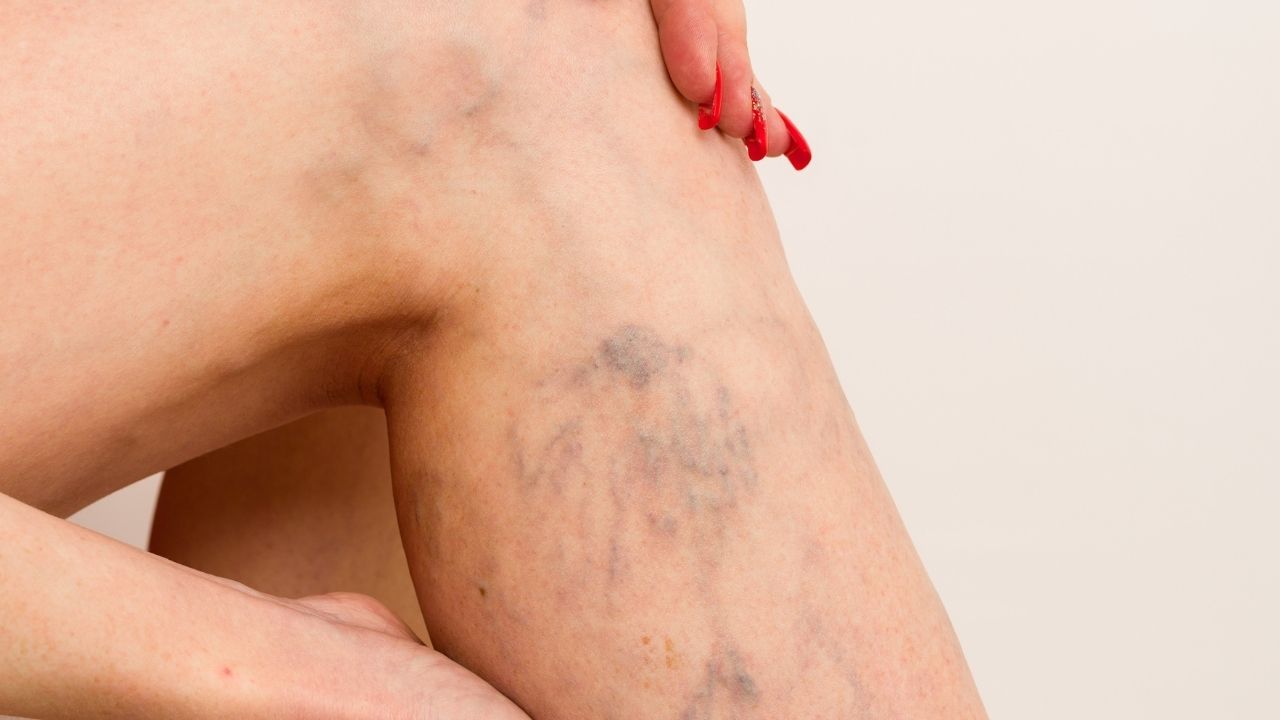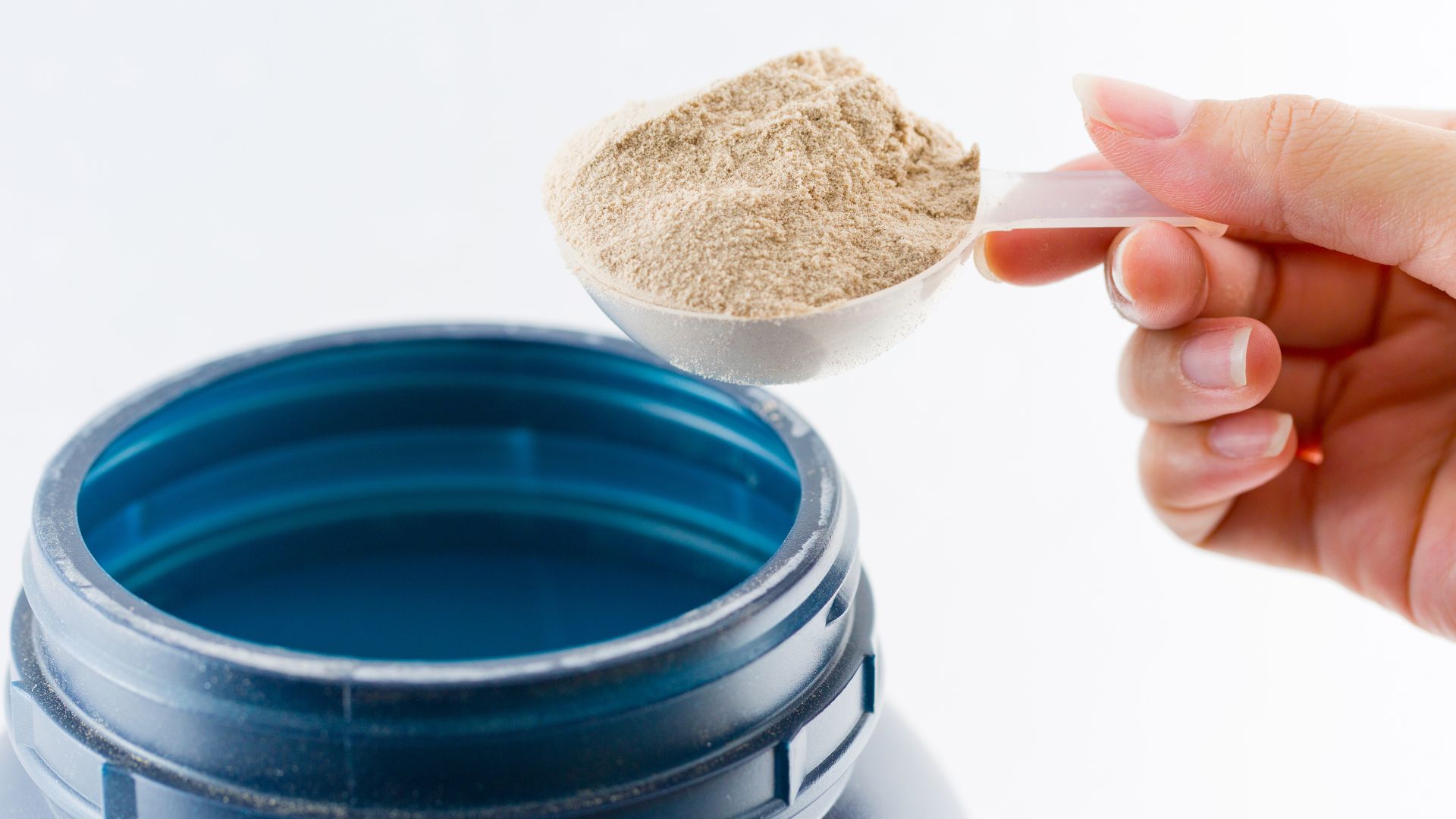Health
Sclerotherapy: An Effective Treatment for Eliminating Spider Veins

When the temperatures are hot, some flaws may come to light. You may be unable to wear your carefree shorts, swimwear, or short skirts in spring or summer due to spider veins. Although these are conspicuously visible, doctors can use sclerotherapy in Glen Rock to eliminate spider veins. You can benefit from a relatively safe procedure that not only improves your appearance but prevents other complications.
Boosts the appearance of your legs
Attractiveness is a major concern for most people, and this includes beautiful legs. Spider veins appear as reddish-blue vessels on the lower legs and thighs. They may dent your self-confidence and, therefore, sclerotherapy becomes an option.
Benefit from modern technology
With modern technology, your doctor can remove spider veins through a painless and minimally visible procedure. It takes less time and you can resume your normal activities immediately after the session. The doctors use a thin needle to inject a sclerosing agent into the spider vein.
The vessel wall disintegrates and sticks to the opposite side such that the vessel can no longer get blood supply. Although it is a painless process, your doctor may apply local anesthesia to numb the treatment area.
How does sclerotherapy differ from laser vein treatment?
Laser treatment is non-invasive and involves directing a beam of light into the affected veins, thereby destroying them. It uses laser energy to target the specific veins by warming the vessel while protecting the surrounding areas from heat.
Unlike laser technology that uses heat, sclerotherapy is a safer option for treating spider veins buried deeply under the skin. These veins may differ in terms of pressure and size, and laser beams often fail to penetrate deeper into the underlying tissues. Thus, some veins remain, and there is also a risk of heart damage resulting in redness, scars, and swelling. Besides, sclerotherapy does not require cooling the skin to prepare it for laser treatment.
What causes spider veins?
Think of your venous system as a tree with branches. Spider veins are tiny branches or veins of the vascular system that run under the skin. Excess weight, pregnancy, and weak connective are the primary causes of spider veins. Also, sitting or standing for long hours, lack of exercise, and alcohol can promote their occurrence.
Similarly, wearing high heels can speed up the development of spider veins by causing blood to build up and cause pressure on your vessel walls. Eventually, they expand and can be seen from the outside.
How long does the treatment take?
The treatment can last up to six weeks, after which the vein disappears into the body and blood reroutes into healthy veins. Your doctor personalizes your treatment program depending on the complexity of the veins.
Your doctor assesses your suitability for the treatment and pregnant women are excluded from the procedure. If you are on supplements, have a history of blood clots or are above 75 years, this procedure does not apply to you.
You can benefit from the proper treatment depending on your specific goals. Speak to a vein specialist at New Jersey Sports and Pain Medicine for consultation.
Health
Best Times to Take Whey Protein Isolate for Optimal Results

For anyone looking to build muscle, recover faster, or simply improve their overall nutrition, timing can make a big difference when it comes to protein intake. Whey protein isolate is one of the most efficient and bioavailable sources of protein available — easily absorbed by the body and ideal for supporting recovery and growth. Whether you’re a seasoned athlete or just starting your fitness journey, knowing the best times to take it can help you make the most of its benefits. If you’re looking for a high-quality option, explore premium whey protein isolate in Australia to fuel your results.
1. Post-Workout: The Prime Time for Recovery
The period immediately after your workout is arguably the best time to consume whey protein isolate. During exercise, your muscles experience micro-tears and deplete their glycogen stores. Consuming whey protein isolate within 30 minutes post-training provides your body with fast-digesting amino acids, which help repair muscle tissue and stimulate protein synthesis.
Pairing your shake with a source of carbohydrates can further enhance recovery by replenishing glycogen stores and promoting better nutrient absorption.
2. First Thing in the Morning
After several hours of sleep, your body wakes up in a fasted state. Consuming whey protein isolate in the morning helps prevent muscle breakdown and kickstarts your metabolism for the day. It’s particularly useful if you don’t have time for a full breakfast or if you train early in the morning.
This quick, easily digestible protein gives your muscles a readily available source of amino acids to maintain muscle mass and energy levels throughout the morning.
3. Between Meals to Support Protein Intake
If you struggle to meet your daily protein goals through food alone, taking whey protein isolate between meals is a simple way to boost your intake. This is especially beneficial for those aiming to build lean muscle or lose fat while maintaining muscle mass.
A mid-morning or mid-afternoon shake helps stabilise blood sugar levels and reduces the temptation to reach for less nutritious snacks.
4. Before Bed (When Needed)
While casein protein is traditionally recommended for nighttime use due to its slow digestion, whey protein isolate can also be beneficial before bed in certain cases — particularly for those who train late in the evening or need additional daily protein intake.
Although it digests quickly, it still provides your muscles with amino acids to support repair and recovery during the early stages of sleep.
Optimising Your Protein Strategy
Ultimately, the best time to take whey protein isolate depends on your fitness goals, training schedule, and dietary habits. The most important thing is to ensure you’re consistently meeting your total daily protein needs. Whey protein isolate’s versatility makes it easy to integrate into your lifestyle — from breakfast smoothies to post-workout shakes.
-

 Tech5 years ago
Tech5 years agoEffuel Reviews (2021) – Effuel ECO OBD2 Saves Fuel, and Reduce Gas Cost? Effuel Customer Reviews
-

 Tech6 years ago
Tech6 years agoBosch Power Tools India Launches ‘Cordless Matlab Bosch’ Campaign to Demonstrate the Power of Cordless
-

 Lifestyle6 years ago
Lifestyle6 years agoCatholic Cases App brings Church’s Moral Teachings to Androids and iPhones
-

 Lifestyle5 years ago
Lifestyle5 years agoEast Side Hype x Billionaire Boys Club. Hottest New Streetwear Releases in Utah.
-

 Tech7 years ago
Tech7 years agoCloud Buyers & Investors to Profit in the Future
-

 Lifestyle5 years ago
Lifestyle5 years agoThe Midas of Cosmetic Dermatology: Dr. Simon Ourian
-

 Health7 years ago
Health7 years agoCBDistillery Review: Is it a scam?
-

 Entertainment6 years ago
Entertainment6 years agoAvengers Endgame now Available on 123Movies for Download & Streaming for Free
